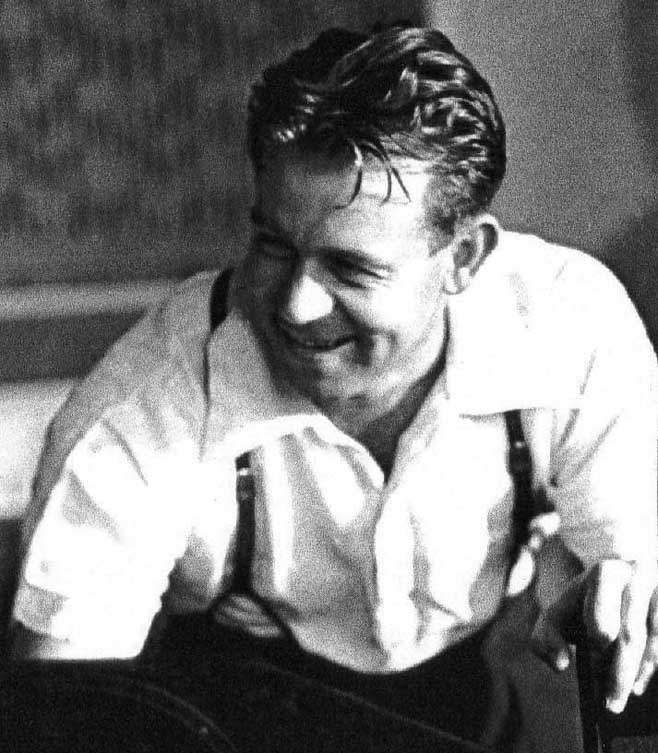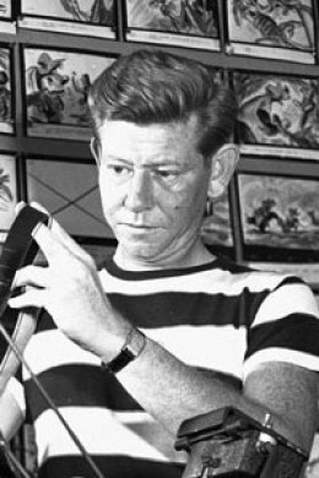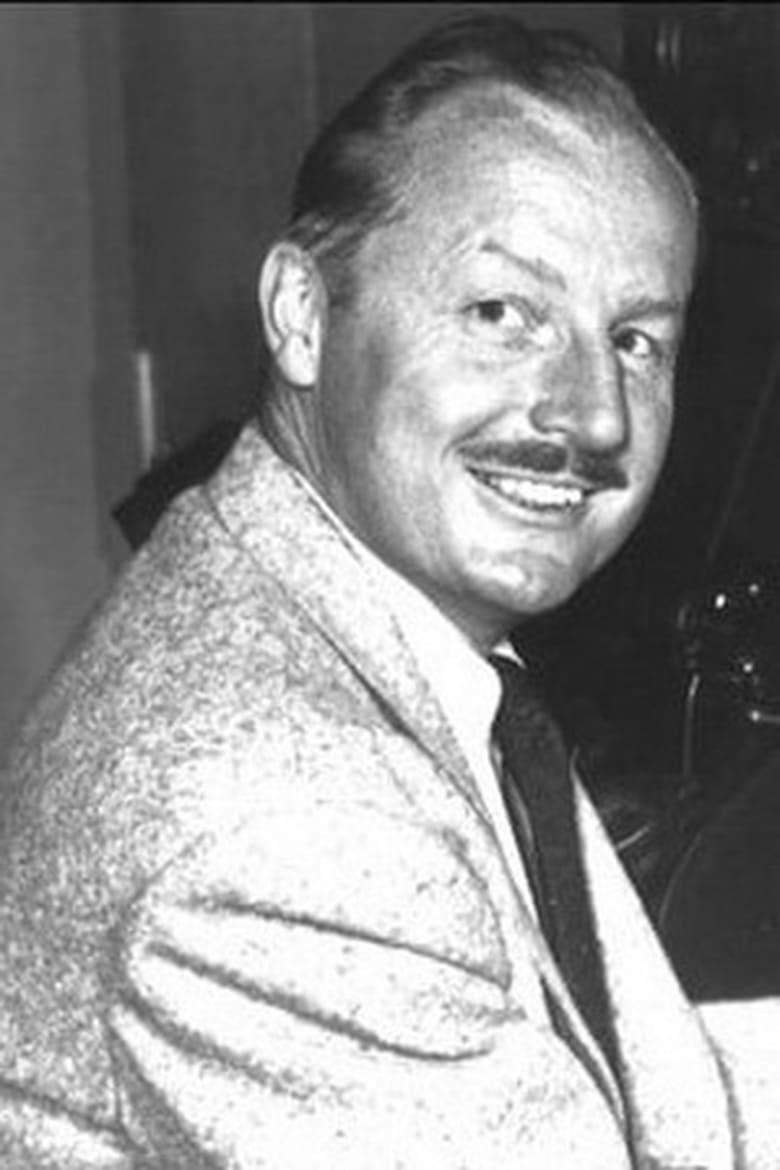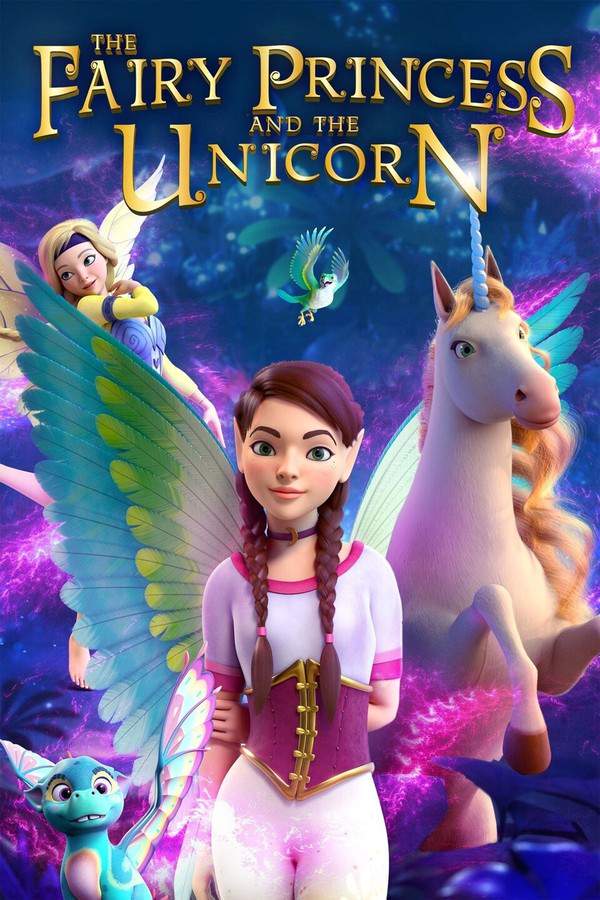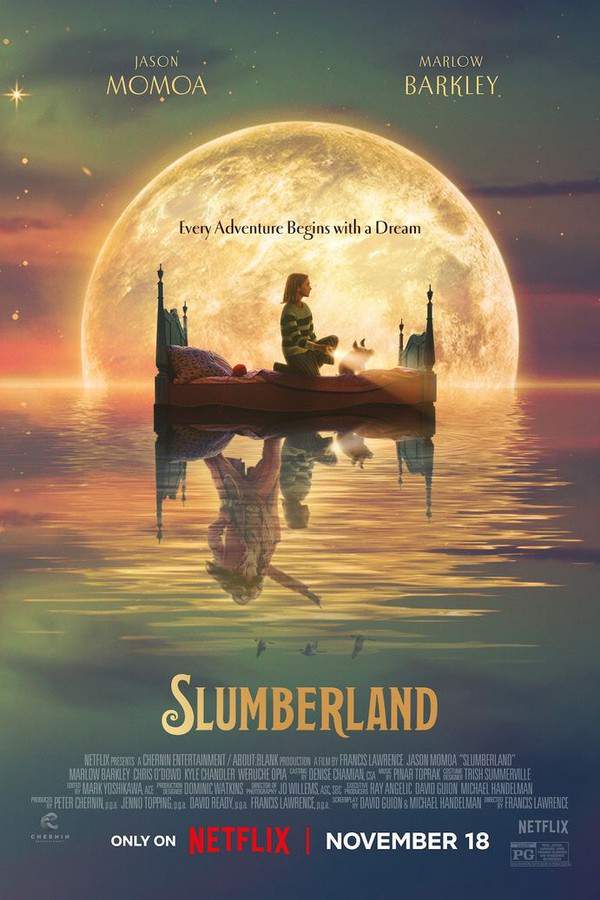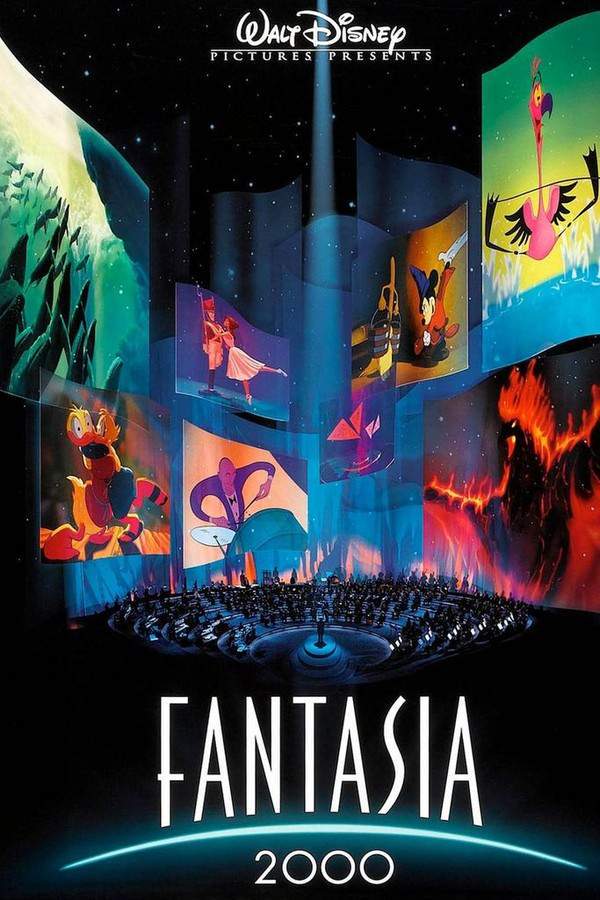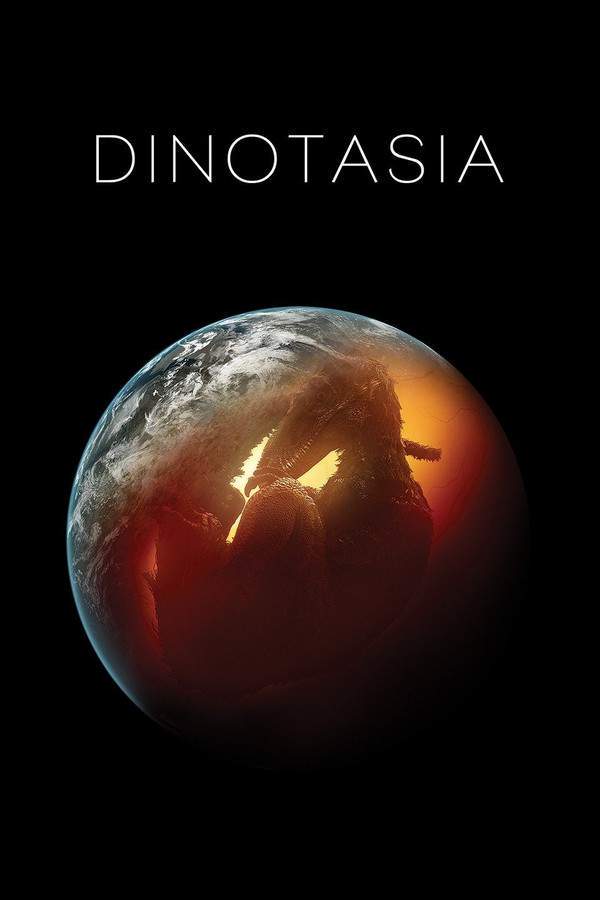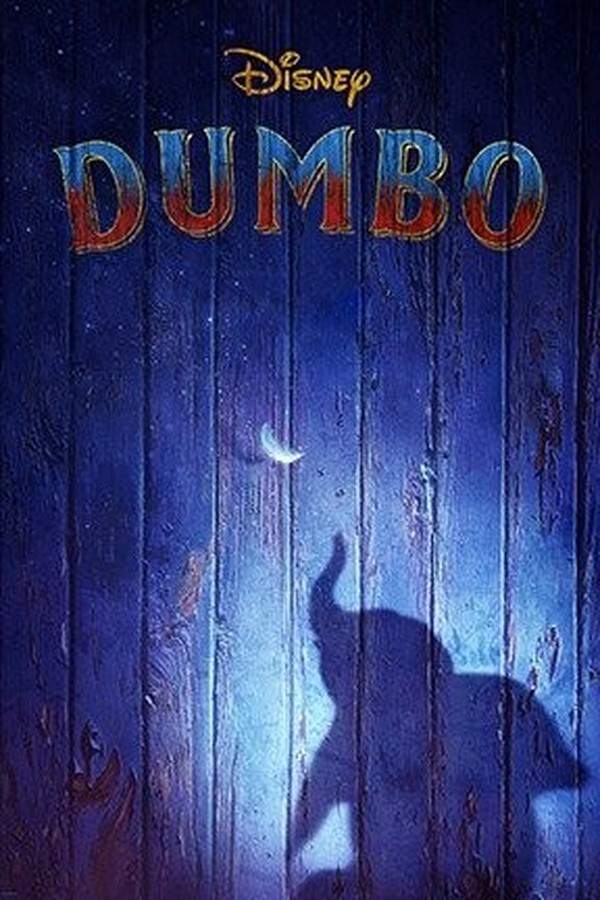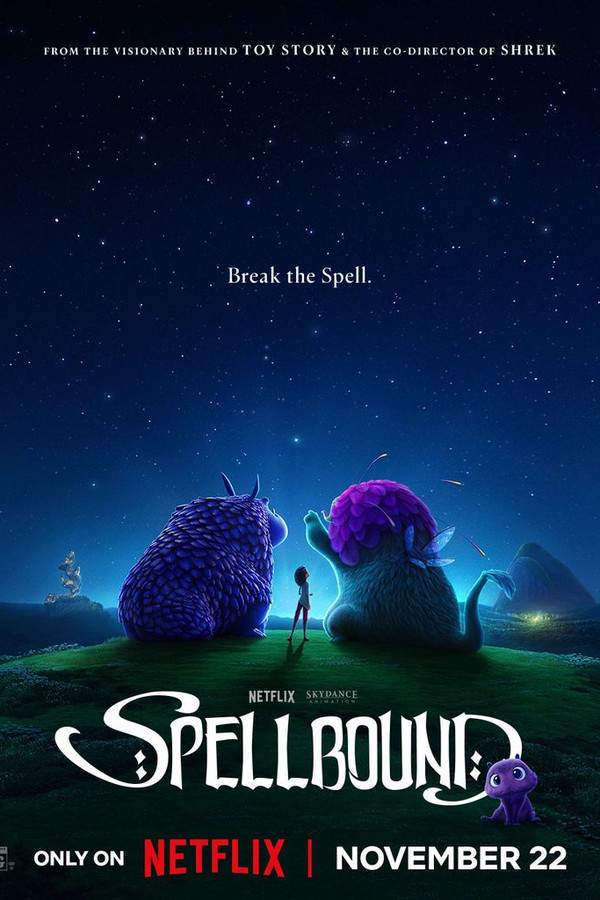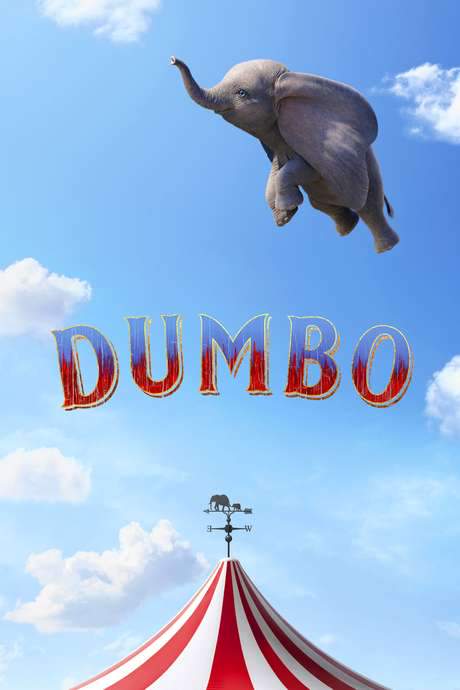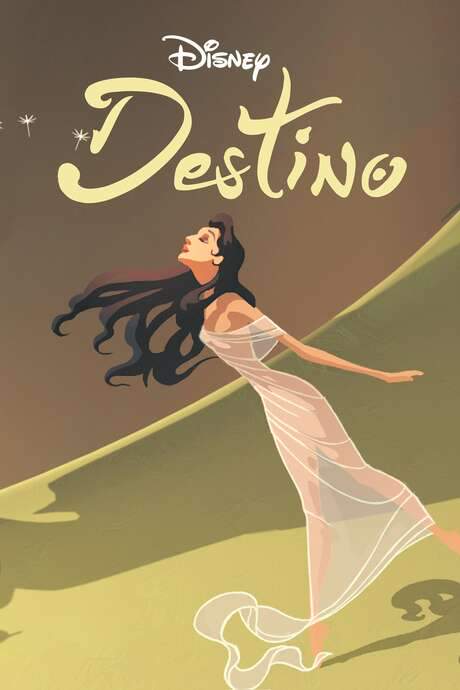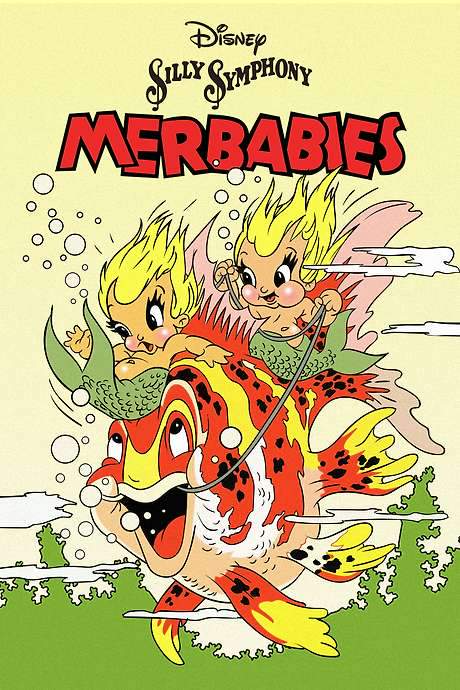Fantasia 1940
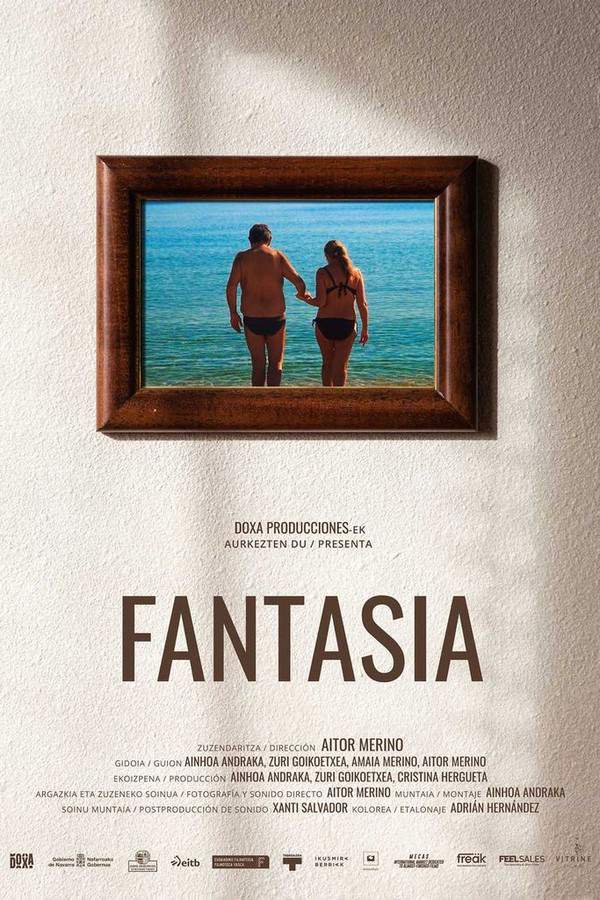
A seasoned documentarian takes his family on a voyage aboard the Fantasia cruise ship, intending to capture memories and reflect on the past. As the ship sets sail, he finds himself confronting the passage of time and the preciousness of shared experiences, revisiting significant moments and facing the bittersweet nature of recollection.
Does Fantasia have end credit scenes?
No!
Fantasia does not have end credit scenes. You can leave when the credits roll.
Meet the Full Cast and Actors of Fantasia
Explore the complete cast of Fantasia, including both lead and supporting actors. Learn who plays each character, discover their past roles and achievements, and find out what makes this ensemble cast stand out in the world of film and television.
External Links and Streaming Options
Discover where to watch Fantasia online, including streaming platforms, rental options, and official sources. Compare reviews, ratings, and in-depth movie information across sites like IMDb, Wikipedia, Rotten Tomatoes or Metacritic.
Ratings and Reviews for Fantasia
See how Fantasia is rated across major platforms like IMDb, Metacritic, and TMDb. Compare audience scores and critic reviews to understand where Fantasia stands among top-rated movies in its genre.

96
Metascore
8.1
User Score

7.7 /10
IMDb Rating
Take the Ultimate Fantasia Movie Quiz
Challenge your knowledge of Fantasia with this fun and interactive movie quiz. Test yourself on key plot points, iconic characters, hidden details, and memorable moments to see how well you really know the film.
Fantasia (1940) Quiz: Test your knowledge on the iconic animated film Fantasia and its enchanting musical sequences.
Who is the master of ceremonies in Fantasia?
Walt Disney
Deems Taylor
Mickey Mouse
Paul Dukas
Show hint
Awards & Nominations for Fantasia
Discover all the awards and nominations received by Fantasia, from Oscars to film festival honors. Learn how Fantasia and its cast and crew have been recognized by critics and the industry alike.
The 14th Academy Awards 1942
Special Award
Full Plot Summary and Ending Explained for Fantasia
Read the complete plot summary of Fantasia, including all major events, twists, and the full ending explained in detail. Explore key characters, themes, hidden meanings, and everything you need to understand the story from beginning to end.
Fantasia begins with captivating live-action scenes showcasing members of an orchestra assembling against a stunning blue backdrop, as they tune their instruments amid a blend of light and shadow. The stage is graced by the master of ceremonies, Deems Taylor, who introduces the enchanting program. This unique musical experience unfolds through three distinct storytelling forms: one featuring clear narratives, another relying solely on vivid visuals, and a third offering an abstract musical journey that celebrates sound for its intrinsic beauty. The eight animation sequences are a feast for the eyes, bursting with color, and presenting a free-flowing, often surrealistic experience.
The first piece, Toccata and Fugue in D Minor by Johann Sebastian Bach, seamlessly transitions between live-action shots of the orchestra bathed in blue and gold, and stunning abstract visuals. Animated lines, shapes, and cloud formations dance in harmony with the music’s rhythm and melodies.
Next, we delve into The Nutcracker Suite by Pyotr Ilyich Tchaikovsky, where selections from the beloved ballet depict the transformation of the seasons—from summer through autumn and into winter. This segment features a delightful array of dance performances showcasing fairies, fish, flowers, mushrooms adorned in Chinese costumes, and vibrant autumn leaves. Notable dances include the enchanting “Dance of the Sugar Plum Fairy,” the lively “Chinese Dance,” the exotic “Arabian Dance,” the spirited “Russian Dance,” the graceful “Dance of the Flutes,” and the elegant “Waltz of the Flowers.”
The story continues with The Sorcerer’s Apprentice by Paul Dukas, inspired by Goethe’s 1797 poem “Der Zauberlehrling.” Here, we meet Mickey Mouse, the eager young apprentice of the wizard Yen Sid. Mickey attempts some magical tricks, but his lack of control leads to chaos. He brings a broom to life to fetch water, only to forget the spell that would halt the enchantment, resulting in a disastrous flood that engulfs the entire castle.
Next, Rite of Spring by Igor Stravinsky takes us on a visual journey through the planet’s origins, showcasing the formation of Earth and its first inhabitants. This sequence elegantly transitions through time, illustrating the reign and eventual extinction of dinosaurs, showcasing how these “terrible lizards” roamed the Earth for millions of years, only to vanish due to drought.
After a brief intermission, during which the Fantasia title card is introduced, a lively jam session of jazz music unfolds, led by an enthusiastic clarinetist as the orchestra musicians return. A light-hearted animation follows, demonstrating how sound is rendered on film, featuring a “sound track character” that morphs into various shapes and colors in response to the music.
Continuing with The Pastoral Symphony by Ludwig van Beethoven, we are swept away to a dreamy Greco-Roman landscape inhabited by colorful centaurs and “centaurettes,” cupids, fauns, and other mythological beings. A heartwarming Greek odyssey unfolds with baby Pegasus learning to fly, while the centaurs and centaurettes engage in playful flirtations. Zeus adds to the spectacle by hurling lightning bolts, while Apollo majestically rides his chariot, transitioning the day into night as the goddess Morpheus spreads her dark cloak across the sky.
The entertainment further escalates with Dance of the Hours by Amilcare Ponchielli, a whimsical ballet divided into four unique sections. It features Madame Upanova and her ostriches representing Morning, the charming Hyacinth Hippo and her entourage symbolizing Afternoon, the delightful Elephanchine with her bubble-blowing elephant troupe for Evening, and finally, Ben Ali Gator leading his alligators for Night. The vibrant ballet culminates in an energetic dance-off, even as crocodiles disrupt the performance, the other animals unite to reclaim the stage, resulting in a spectacular finale.
In the haunting conclusion, we experience Night on Bald Mountain by Modest Mussorgsky, where the sinister Chernabog awakens at midnight to summon twisted spirits and restless souls from their graves to dance atop Bald Mountain. As the spirits whirl through the night sky, they are ultimately driven away by the sound of an Angelus bell, signaling the arrival of dawn. This segment then transitions into the serene Ave Maria by Franz Schubert, depicting robed monks carrying torches through a forest towards the remnants of a cathedral, concluding this magnificent blend of music and animation with a sense of spiritual renewal.
Uncover the Details: Timeline, Characters, Themes, and Beyond!

Coming soon on iOS and Android
The Plot Explained Mobile App
From blockbusters to hidden gems — dive into movie stories anytime, anywhere. Save your favorites, discover plots faster, and never miss a twist again.
Sign up to be the first to know when we launch. Your email stays private — always.
Discover Film Music Concerts Near You – Live Orchestras Performing Iconic Movie Soundtracks
Immerse yourself in the magic of cinema with live orchestral performances of your favorite film scores. From sweeping Hollywood blockbusters and animated classics to epic fantasy soundtracks, our curated listings connect you to upcoming film music events worldwide.
Explore concert film screenings paired with full orchestra concerts, read detailed event information, and secure your tickets for unforgettable evenings celebrating legendary composers like John Williams, Hans Zimmer, and more.


Fantasia Themes and Keywords
Discover the central themes, ideas, and keywords that define the movie’s story, tone, and message. Analyze the film’s deeper meanings, genre influences, and recurring concepts.
Fantasia Other Names and Titles
Explore the various alternative titles, translations, and other names used for Fantasia across different regions and languages. Understand how the film is marketed and recognized worldwide.
Similar Movies To Fantasia You Should Know About
Browse a curated list of movies similar in genre, tone, characters, or story structure. Discover new titles like the one you're watching, perfect for fans of related plots, vibes, or cinematic styles.
Quick Links: Summary, Cast, Ratings, More

What's After the Movie?
Not sure whether to stay after the credits? Find out!
Explore Our Movie Platform
New Movie Releases (2025)
Famous Movie Actors
Top Film Production Studios
Movie Plot Summaries & Endings
Major Movie Awards & Winners
Best Concert Films & Music Documentaries
Movie Collections and Curated Lists
© 2025 What's After the Movie. All rights reserved.



